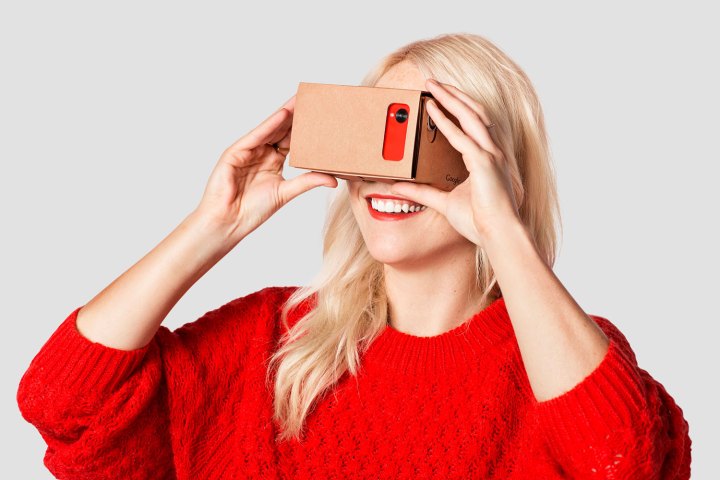
Even as Google pushes forward in the virtual reality space with Daydream, it’s clear that the company hasn’t forgotten its roots (and neither have users). Certain Cardboard apps have proven quite popular themselves — in fact, 30 of them have been downloaded one million or more times each. Much of Cardboard and its associated apps’ growth has only happened in the last year or so — in July of 2016, Google said it had sold 5 million headsets. Now, less than a year later, it has doubled that figure. To be fair, however, Google practically gives away these headsets, so this number isn’t all that baffling.
But as wonderful as this low-cost headset may be, Singh says that there’s a lot to look forward to when it comes to the future of VR at Google. The Daydream promises to be a “more immersive” experience than its predecessor, and Google is working on more and more content for the platform. Currently, the majority of content consumption on Daydream comes from YouTube, and Singh noted that the Google-owned video streaming service will be looking to add more and better content in the near future.
“You will start to see significant series coming out this year,” Singh said.
We’ve barely scratched the surface of what virtual reality can do, and soon, it looks like we’ll be seeing a whole lot more from this futuristic technology.


